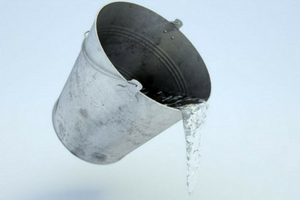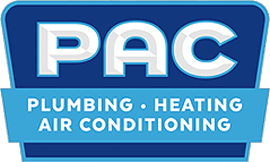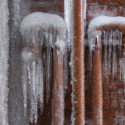Toilets are wonders of modern bathroom plumbing, but they can cause major headaches when they stop working properly. Not only does a non-flushing toilet strike fear and anxiety in most people’s hearts, but it can also be frustrating to diagnose and fix.
Luckily, there are some common problems that are often the cause when a toilet won’t flush, and today we’ll tell you what they are so you can identify and remedy them.

Flushing a Toilet that Refuses to Flush
Did you know that it’s still possible to flush a toilet that’s experiencing mechanical problems? As long as there's no clog physically preventing water from going down, you can force a toilet to flush by filling a bucket with water and pouring it directly into the bowl.
The pressure from the excess water will work in conjunction with gravity to force water down the pipe, and you'll have a toilet that can be flushed even if it’s broken.
Seek Assistance from a Professional Plumber to Deal with Clogs
 However, if a clog is the problem—as is often the case with a toilet that doesn’t flush—you'll know because the water won’t be able to drain through the bathroom plumbing, and will instead backup in the toilet bowl.
However, if a clog is the problem—as is often the case with a toilet that doesn’t flush—you'll know because the water won’t be able to drain through the bathroom plumbing, and will instead backup in the toilet bowl.
When this happens, call in a professional plumber to assess the situation and remove the clog. A plumber will have the right tools to locate and remove the clog without damaging the pipes, and this is good for the longevity of your plumbing.
Identifying and Fixing Problems with the Flapper

Toilets have multiple components, and if any of these wear out or break down, then you can end up with a toilet that won’t flush. One example of this is the flapper, which is the rubber seal that gets pulled up when the toilet flushes to let water drain from the tank and refill the bowl. There are several flapper problems that you'll want to be able to recognize, starting with the chain.
The flapper chain is connected to the handle and the flapper, and if it’s too long, it can get lodged under the flapper and prevent a seal from forming. In this case, you need a shorter chain. Conversely, a chain that’s too short will pull on the flapper, and this will also result in a lack of seal, so replace the chain with a longer one. Finally, flappers are made of rubber, and over time they can wear out, again leading to an improper seal. If your flapper looks old, worn, discolored, or cracked, then you should replace it with a new one.
The most common issues that lead to a toilet that won’t flush include clogs and flapper problems, and these can be fixed easily by a professional plumber or with a flapper or chain replacement. Fortunately, you can also use extra water to force a toilet to flush when there's a mechanical problem, so you don’t have to panic about not being able to flush when the toilet isn't working properly.





 However, if a clog is the problem—as is often the case with a toilet that doesn’t flush—you'll know because the water won’t be able to drain through the bathroom plumbing, and will instead backup in the toilet bowl.
However, if a clog is the problem—as is often the case with a toilet that doesn’t flush—you'll know because the water won’t be able to drain through the bathroom plumbing, and will instead backup in the toilet bowl.